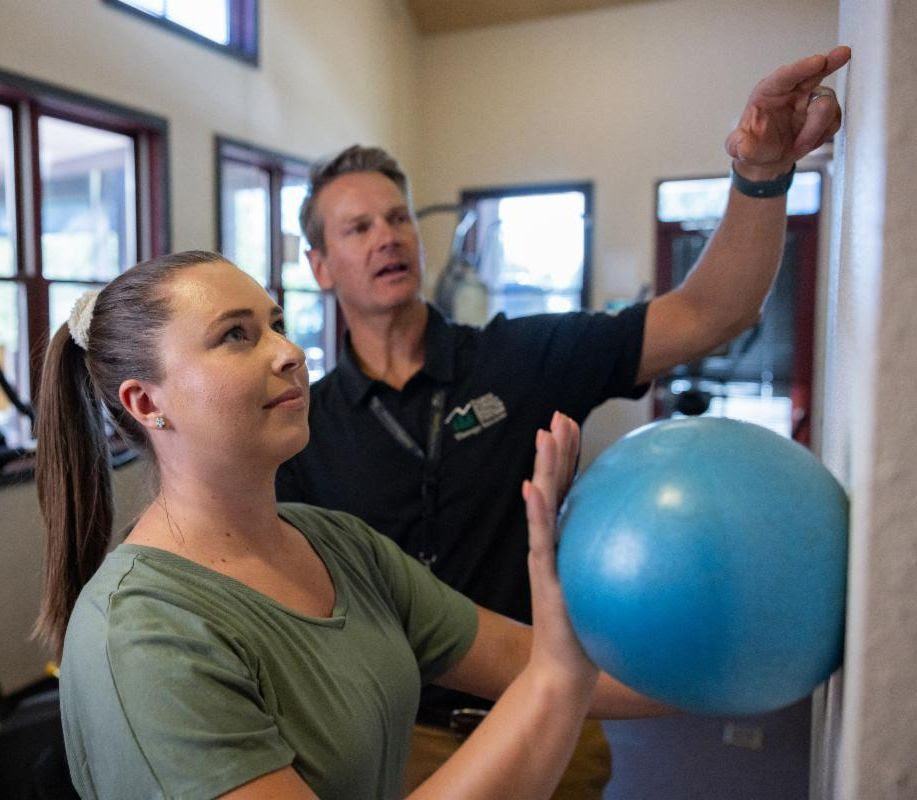
Empower Your Body and Mind
Self-defense meets sports medicine
Taking care of your body means more than just staying active—it’s about being prepared and protected. Our self-defense classes teach practical skills to help you stay safe and confident in real-world situations. You’ll learn techniques to defend yourself physically, develop situational awareness, and build mental toughness. Whether you’re new to self-defense or looking to sharpen your skills, these classes are designed for all fitness levels and backgrounds.
But staying safe isn’t just about technique—it’s about keeping your body strong and injury-free. That’s where sports medicine comes in. From injury prevention strategies to expert treatment and recovery guidance, sports medicine supports your training journey so you can build strength, agility, and resilience safely.
By combining self-defense training with sports medicine principles, you get the best of both worlds: enhanced protection and optimal physical health. Ready to boost your confidence, improve your fitness, and protect your well-being? Join us and discover how self-defense and sports medicine work hand-in-hand to keep you moving safely and confidently every day.
Let us know if you would be interested in taking a self-defense class if it were offered in your area by completing this survey.

Provider Spotlight
Whitney Liehr
Sports Medicine Doctor
Dr. Whitney Liehr is a board-certified physician in Physical Medicine & Rehabilitation (PM&R) with fellowship training in Sports Medicine. She completed her PM&R residency at the University of California, Davis Medical Center and her Sports Medicine fellowship at Utah Valley Intermountain Healthcare in Provo, Utah.
Dr. Liehr’s clinical and research interests include musculoskeletal rehabilitation, diagnostic ultrasound, ultrasound-guided procedures, orthobiologics, adaptive athletics and sports injury prevention. She has provided sideline and athletic training room coverage for athletes at both the collegiate and high school levels, including Brigham Young University football, basketball, lacrosse, and rugby teams, as well as USA Boxing, USA Gymnastics, the St. George Ironman, and marathons.
A former Division I track and field student-athlete at Stanford University, Dr. Liehr was a four-time All-American and competitor in the triple jump at the 2012 U.S. Olympic Trials. Her background as an athlete continues to inspire her work caring for individuals of all ages and athletic abilities.
Outside of medicine, Dr. Liehr enjoys exploring the outdoors with her husband and dog, whether that’s mountain biking, skiing, scuba diving, hiking, running, or camping.
Contact info
Tahoe Forest Sports Medicine & Therapy Services
10710 Donner Pass Road, 2nd floor, Truckee, CA 96161
Tahoe Forest Orthopedics & Sports Medicine
10051 Lake Avenue, Ste. 3, Truckee, CA 96161
(530) 587-7461 | tfhd.com/orthopedics
Incline Orthopedics & Sports Medicine
880 Alder Ave, 2nd Floor, Incline Village, NV 89451

Featured Therapy
Physical Therapy
Physical therapy plays a key role in developing the foundational strength, balance, and reaction speed necessary for effective self-defense. By integrating tools like Blaze Pods, therapists can assess and train reaction time and visual-motor coordination, skills essential for responding quickly and efficiently to an opponent’s movement or environmental change.
Physical therapy can also aide with training dynamic hip strategy for balance. Standing with knees fully extended during impact will transfer force directly through the joints, reducing shock absorption and increasing the risk of losing balance or injury. By working with your PT you can learn to implement a slight squat position which allows the hips, knees, and ankles to engage synergistically, creating a more stable base of support and promote more shock-absorption. This position enhances center-of-mass control, readiness for multidirectional movement, and energy transfer, key elements for maintaining safety during defensive maneuvers.
Ultimately, physical therapy optimizes neuromuscular control, reactive balance, and lower-extremity strength, ensuring that individuals can stay stable, agile, and resilient during the dynamic demands of self-defense.

Injury Prevention Corner
Stay strong and safe: Injury prevention exercises for self-defense
Training in self-defense is empowering, but it’s just as important to protect your body while you build your skills. Incorporating injury prevention exercises into your routine helps you stay strong, flexible, and ready for action.
- Start each session with a dynamic warm-up
- Strengthen key areas like your core, hips, and shoulders
- Work on balance and body awareness drills
- Don’t forget to cool down with stretching
By adding these injury prevention exercises to your self-defense training, you’ll boost your confidence and protect your body, keeping you safe both on and off the mat.
Did you know?
Q: What’s the most important thing to focus on when learning self-defense?
A: Situational awareness. Avoiding danger is always better than fighting. Learn to stay alert, trust your instincts, and de-escalate when possible.
Q: Do I need to be strong or athletic to be good at self-defense?
A: No. Self-defense is about technique, timing, and mindset, not brute strength. Smart strategy and quick thinking often matter more than physical size.
Q: Are most training-related injuries avoidable?
A: Up to 70% of non-contact sports injuries can be prevented with proper warm-ups, strength training, and smart recovery habits.
Q: Can self-defense training make your bones stronger?
A: Yes! Impact and weight-bearing activities help increase bone density, reducing the risk of osteoporosis and fractures over time.
Q: Can breathing techniques really help in a high-stress situation?
A: Absolutely. Controlled breathing calms your nervous system, sharpens focus, and improves your reaction time when facing a threat.


